Funny Ways of Saying Your Vehicle
Have you ever taken your car to get an oil change and felt hopelessly lost when the mechanic comes back with twenty other supposed problems that your car is experiencing? Or, maybe you took a shop class in high school hoping that some of that grease monkey lingo would rub off on you? In reality, learning about the car industry and general mechanical knowledge is something you acquire gradually over time, and we can all agree that some people shouldn't perform any work on their own cars.
Updated June 2021: Whether you're reading this article to pick up some of the enthusiast lingo or you're already a long-established gearhead, you'll be happy to know that we've updated the article with some more current slang terms that's only used in automotive circles. Keep reading, and you'll soon sound like a pro.
The only way that you can really learn everything there is to know about cars is to simply put yourself out there and expose yourself to some of those situations. Maybe you just need to attempt to fix a few small things on your own car, talk to local people at the auto parts store, or maybe a few friends about how to get through it. However, you'll never really have the vocabulary of a true gearhead unless you have been there and done that, so to speak (or have grown up around someone who has).
This list isn't a guide on how to decode the babble that comes out of your mechanic's mouth as is trying to tell you about your car, but it is some general car terms that just about any newbie should probably get to know if they truly want to get their feet wet in the car world. On the flip side, if you're a real car enthusiast, then this list has probably already been a part of your everyday vocabulary.
25 Hoon
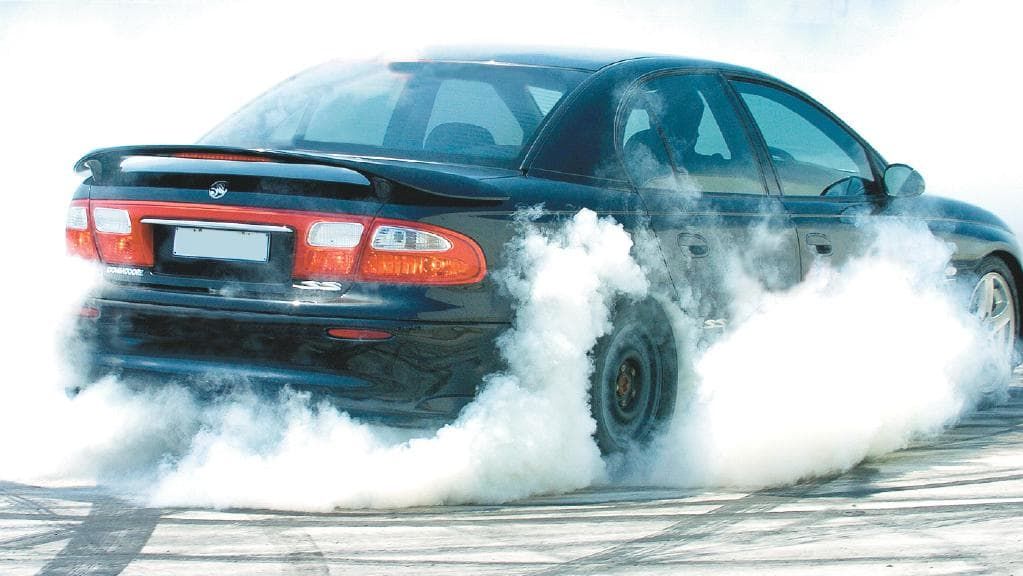
If you ever enjoy driving your car in a reckless manner, then you've been hooning. It's an Australian word taken from the post-apocalyptic muscle car film, Mad Max. Nowadays, people refer to 'hooning' when they're talking about all kinds of automotive shenanigans and reckless driving. The word has been popularized by Ken Block and his Hoonigan brand, which incidentally, is all about crazy driving stunts. As it turns out, there actually are ways to take your car for a thrill ride without instigating a police chase.
24 That'll Buff Right Out
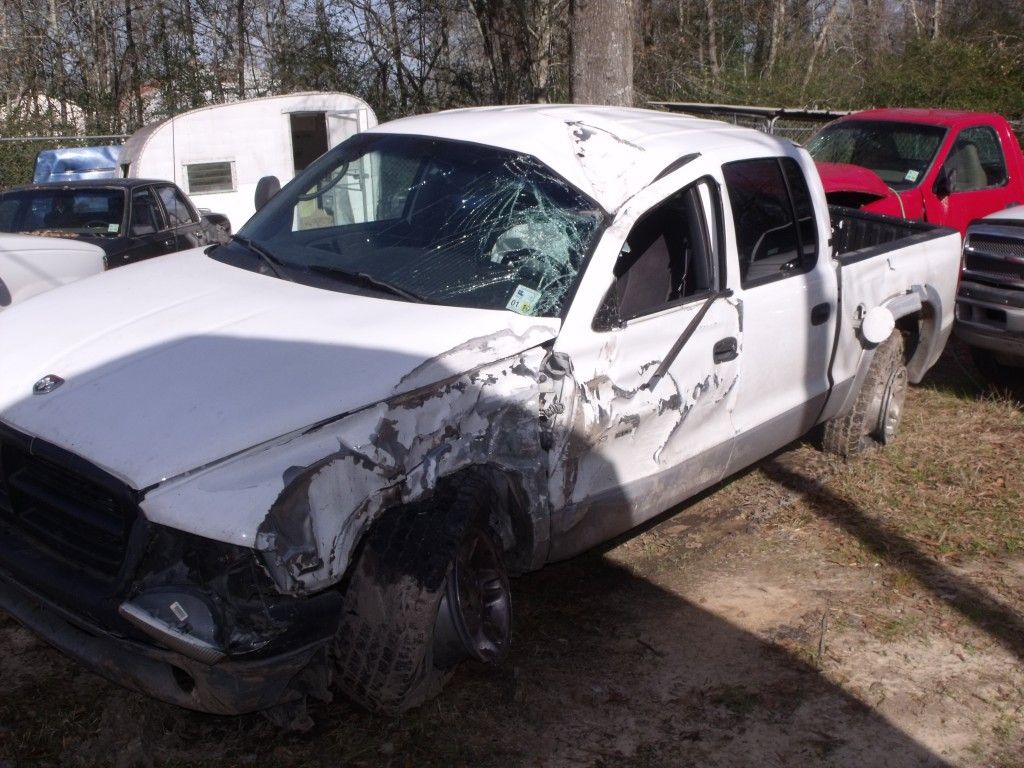
This isn't just a gearhead's term, but for anyone who's caused a serious amount of damage to their car or other property. Basically if a car has taken some damage, they'll retort with satisfying sarcasm, "That'll buff right out," knowing fully that they've got a lengthy project on their hands. Buffing out a scratch is no big deal, but late-stage rusting, crumpled up fenders and total disrepair of the metal is way beyond a simple buff job. Which makes for the most opportune moment to throw out a comment meant to be somewhat patronizing, somewhat self-loathing, and 100% pessimistic.
23 Dab Of Oppo
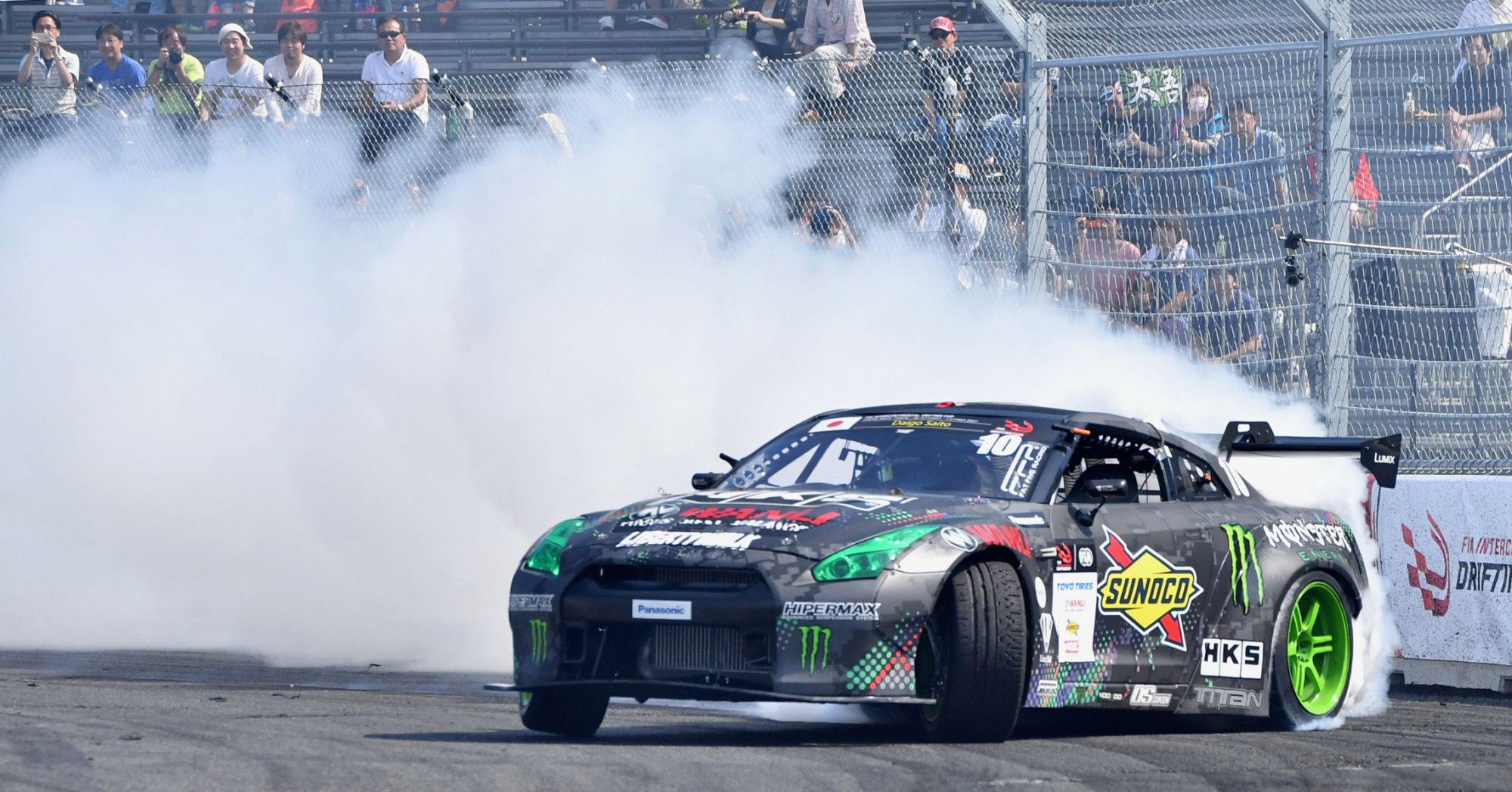
If you have ever driven a rear-wheel-drive car around a corner and found that it's oversteering, then that's when you'd use a dab of oppo. That's basically referring to opposite lock steering, or countersteering. Whenever the car loses rear wheel traction, then you steer slightly in the opposite direction, being careful not to over-correct the turn (that could end in an even bigger nightmare). That's why you only need a dab of opposite lock steering; you can keep a car with a loss of traction under control without spinning it around or ending up in a ditch.
22 Slammed
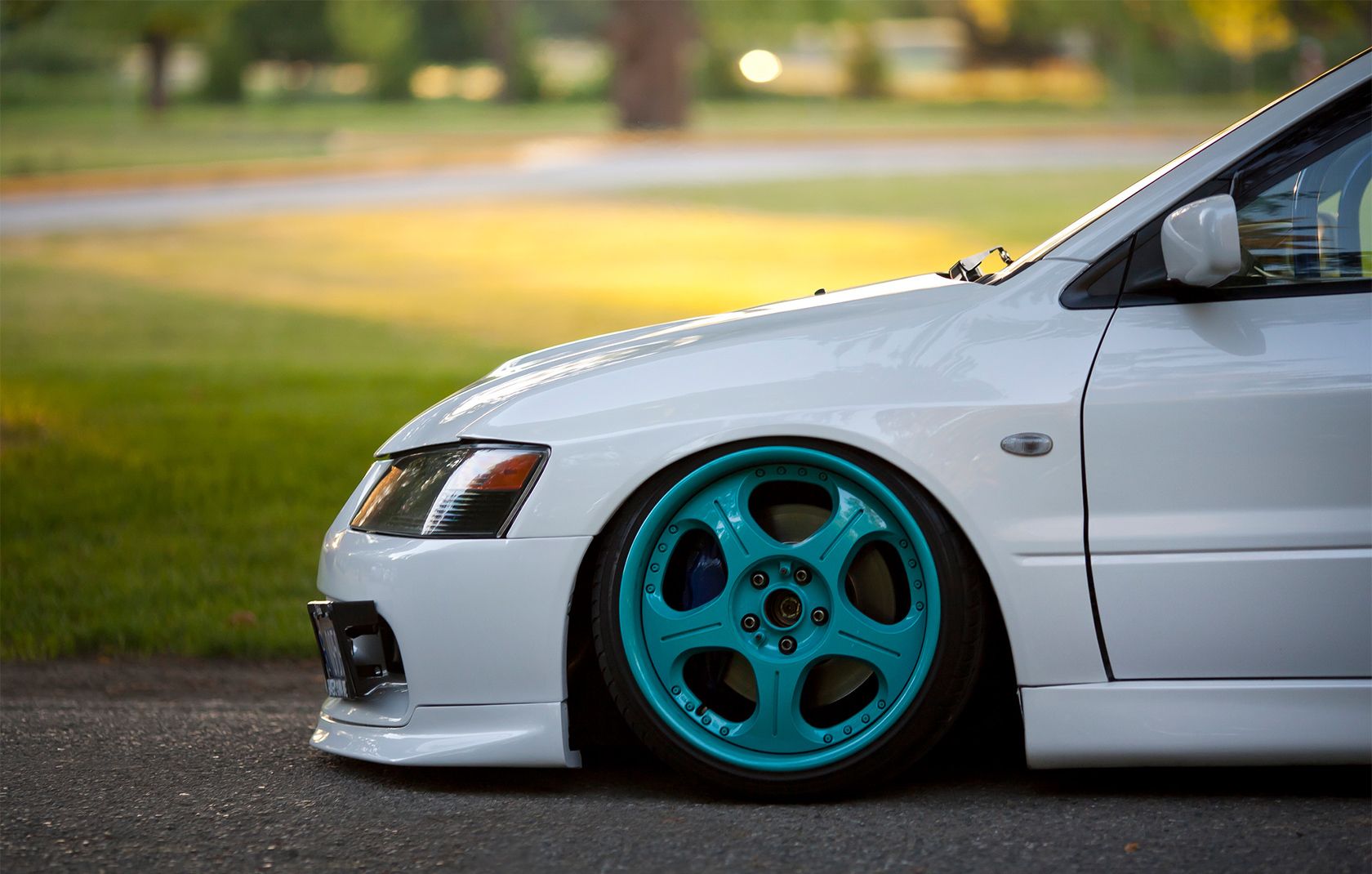
Whether you realize it or not, you have more than likely seen a 'slammed' car at some point. It's basically a car that has been lowered beyond what one would normally do for performance reasons. More often than not, people are attempting to capture a certain look. When it's done right, slammed vehicles can be some of the sharpest-looking cars on the road. If all goes wrong, it comes out looking like a trying-too-hard vehicle that will scrape against every single pebble and penny on the ground. Luckily, these days, air-ride suspension provides the best of both worlds; letting the driver raise the suspension when driving and slam it on the ground when parked.
21 End Can
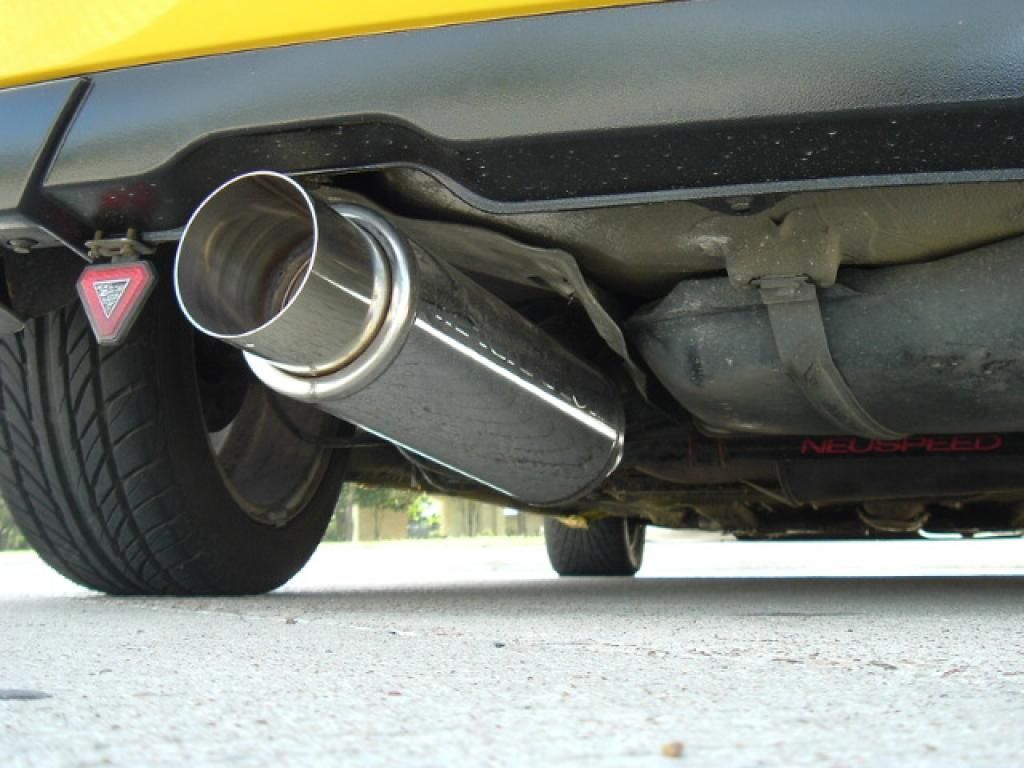
For whatever reason, people who don't have true performance vehicles have a propensity to replace their exhaust before all else. Typically, they resort to changing the last silencer in the exhaust system, also referred to as the end can. Replacing this part with a generic part doesn't provide any performance benefits, but it does create what can only be referred to in plain English as, "an annoyingly loud exhaust." Those hellbent on making the entire neighborhood hate them should definitely get this mod done to their car, everyone else are better off spending money where it actually counts.
20 Rockford Turn (J-Turn)
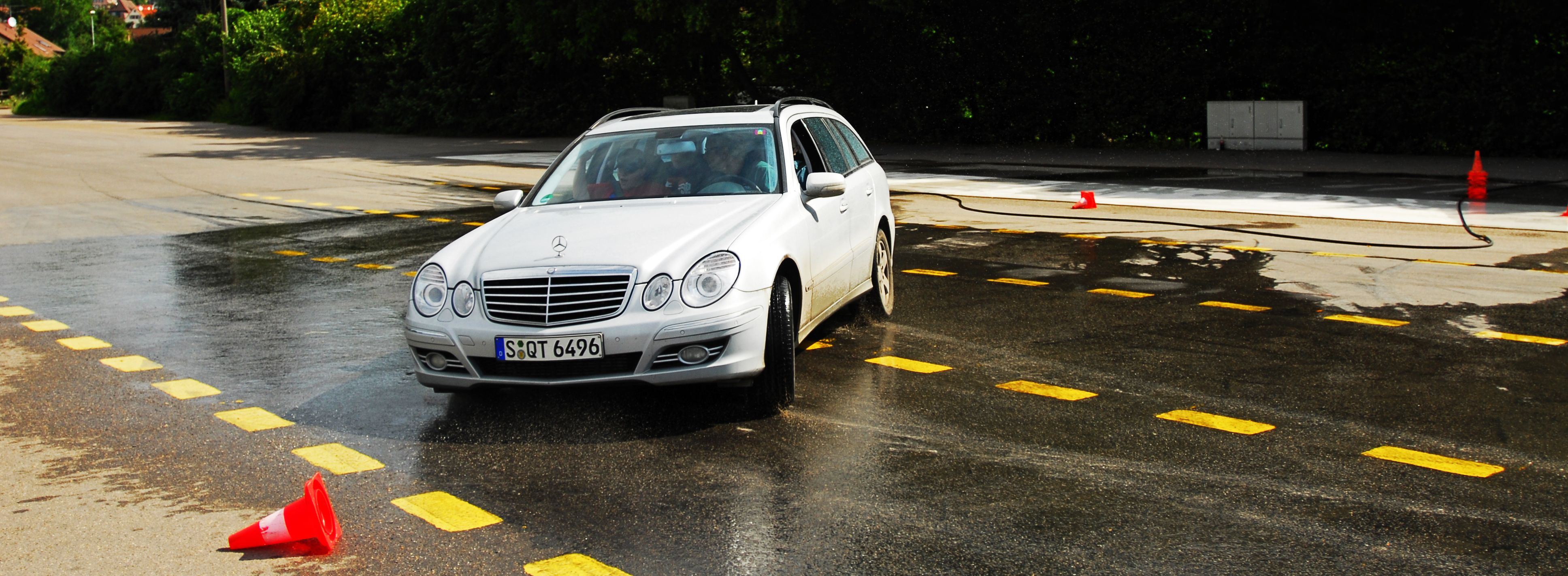
The Rockford is a relatively easy maneuver that just about anyone can perform in their car. Although, you should always make sure it's done in a deserted area or an empty parking lot. Basically, it's just a 180-degree spin when going in reverse. All you have to do is put the car in reverse, accelerate, once up to speed, let off the gas and turn the steering wheel, once the car has spun around, straighten the steering, change into first or drive and then accelerate away. Unless you've ever heard of The Rockford Files, you probably have no idea where this term comes from. It originates from a 1970s TV show in which a private eye by the name of Jeff Rockford used any excuse in the book to pull one of these.
19 Heel-and-Toe
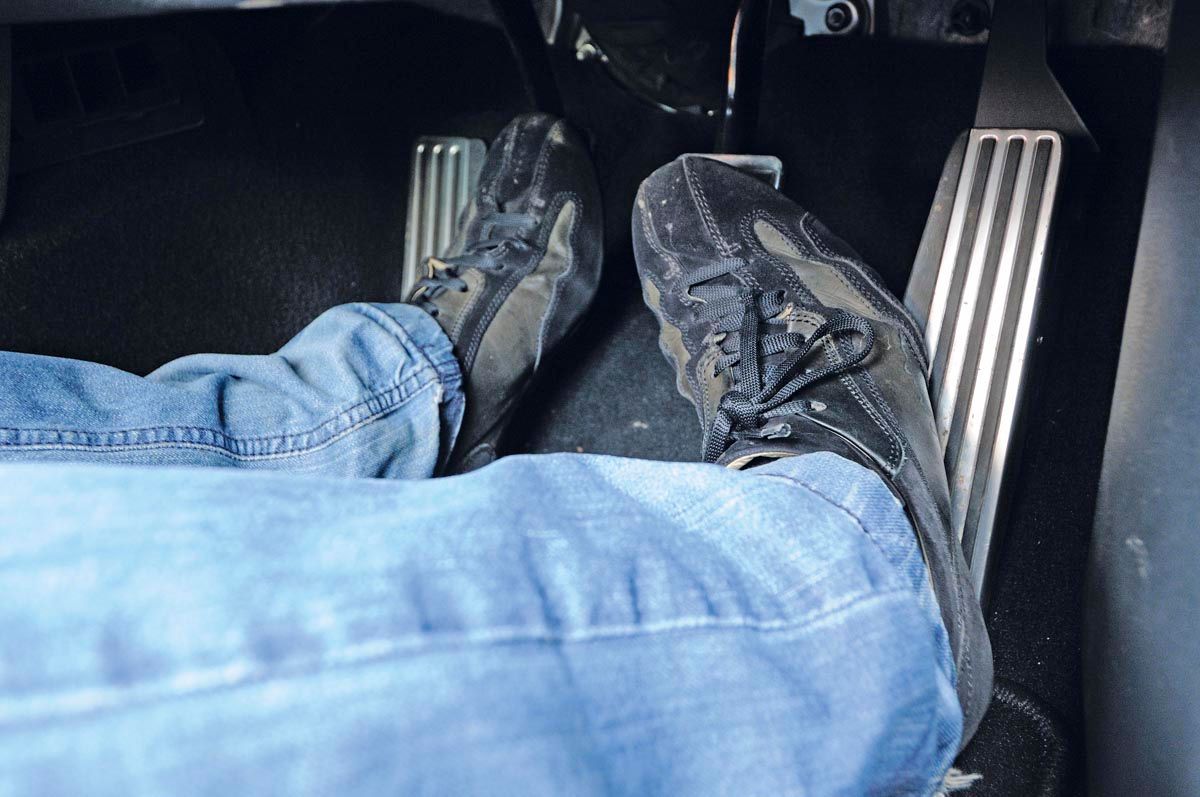
We've all met one of those self-confident drivers who also happens to have a stick shift car. Some of these people are completely justified in showing off their driving skills. Regardless, the heel-and-toe technique happens to appeal to this particular type of driver. It's a technique that involves downshifting, braking, and then blipping the throttle to revmatch, all in order to keep the car moving as smoothly as possible at high speeds. When someone heel-and-toes, they're blipping the throttle and hitting the brake at the same time by simultaneously pressing both pedals with one foot.
18 Bondo
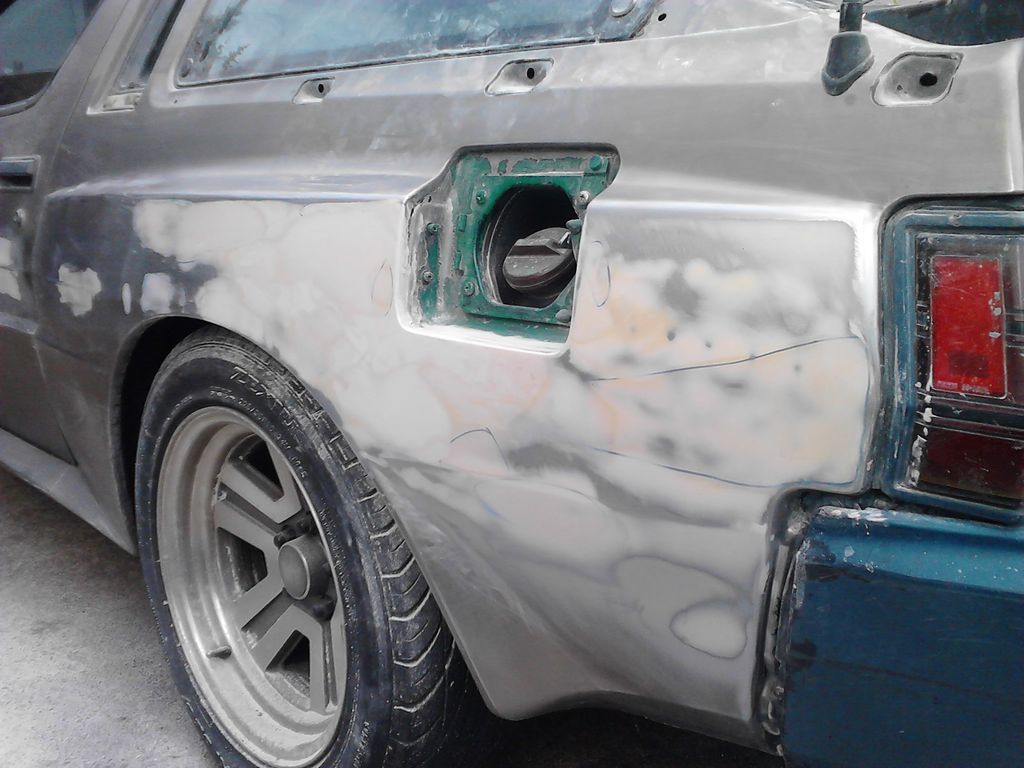
Bondo is the savior and ruin of many car projects. It's not a reference to just a single product or tool though. Bondo is a general term used to describe any of the putty and filler products that you've probably used if you've ever straightened out dents in the bodywork and prepped it for paint. There have been some occasions when inexperienced people used gobs of Bondo to fill a gaping hole, instead of replacing the entire panel or welding it properly. Attention to detail is absolutely imperative when using Bondo because poor patchwork will stick out like a sore thumb and if used incorrectly, it can be downright dangerous.
17 Four-Banger Or Six-Banger
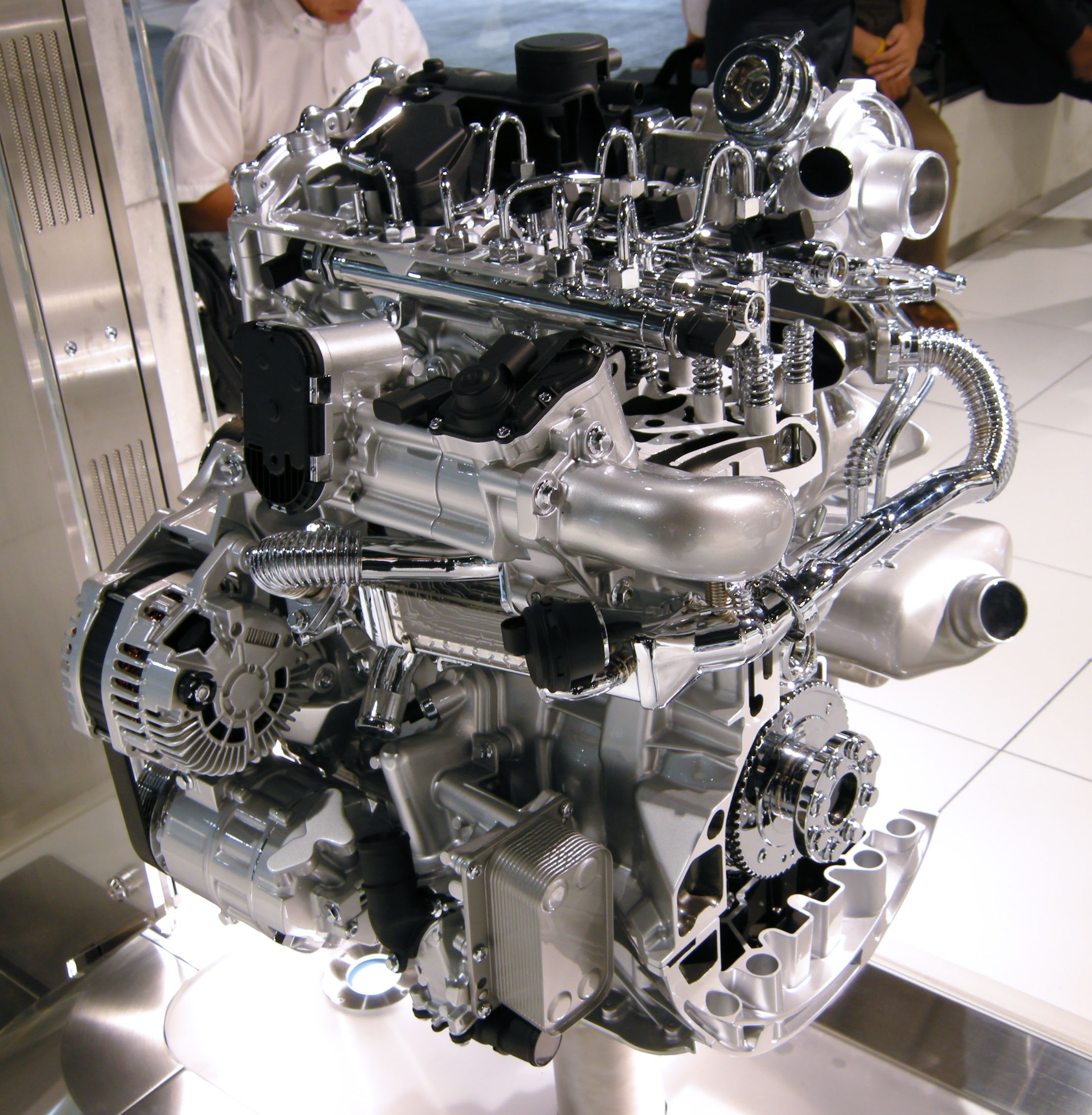
A four-banger/six-banger is a direct reference to the cylinders in an internal-combustion engine, but only the ones that happen to have four or six of them. Eight-, ten-, and twelve-cylinder vehicles are not referred to as eight-bangers, ten-bangers, or twelve-bangers. Within the internal-combustion engine, there are small, controlled explosions — hence the name internal combustion — that generate power and moves the pistons. The term 'banger' comes from the detonating gas mixture and the pistons within the cylinder.
16 Turbo Lag

A turbocharger uses gas from the exhaust to spin a turbine that compresses air fed into the cylinders, thus increasing the power. One of the drawbacks of this method is the slight hesitation that a turboengine might have before serving up all of that added power. As the name implies, this is what we call 'turbo lag.' Modern gearheads and engineers have improved turbo technology to reduce this time gap heavily, though. Turbo lag was more common on older turbocharged cars, as well as cars that uses an oversized turbocharger. So, turbo lag may only be a word of the past before long.
15 Oil-Burner
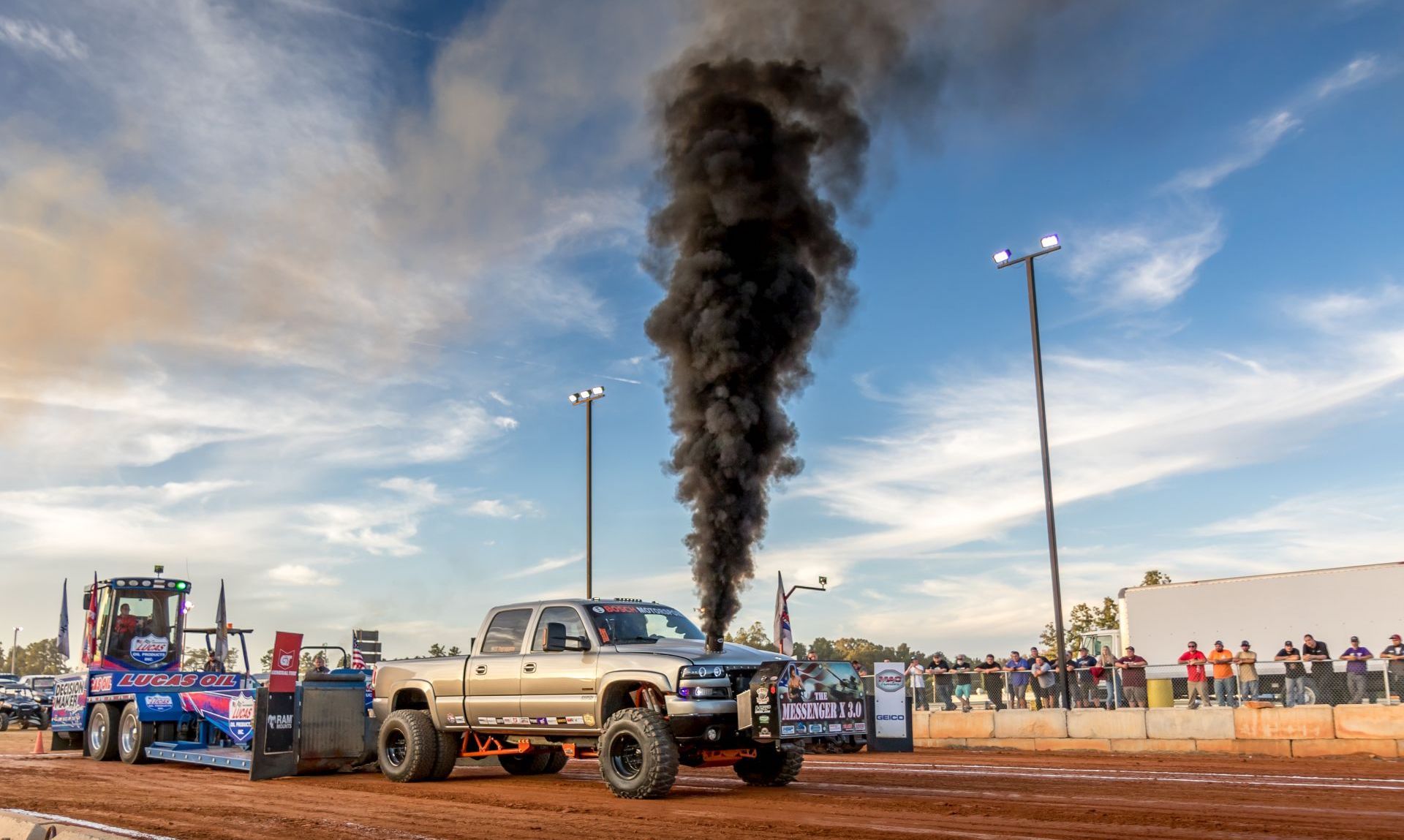
Diesel engines seem to be less understood, overall, by most non-enthusiasts, which may be a big part of why the term 'oil burner' is commonly misinterpreted. Diesel engines utilize a less refined version of petroleum, and it's often claimed to be closer to common conceptions of oil than what is used in gas engines. Hence, the name, "oil burner." While diesel burns fuel at a slower rate than gasoline, they don't exactly have a positive reputation. The oil burner carries more of a stigma because diesel is considered to have dirtier emissions than gas-powered vehicles. It's not necessarily a derogatory remark if someone calls your car or truck an oil burner, but conversation about oil burners can easily turn sour when it comes to the emissions scandals.
14 Turning A Wrench

It's easy to see why 'turning wrenches' could be misunderstood for the literal meaning. Although, when you hear someone say they 'can turn a wrench' that doesn't mean that's all they can do mechanically. Turning a wrench is a slang way of saying that they're pretty good at working on vehicles. Depending on the conversation, they could even be talking about being a former mechanic. You may not want to throw out any snide remarks the next time you're talking to someone and they say that they're pretty good at turning wrenches. You may end up becoming the butt of the joke.
13 Launch
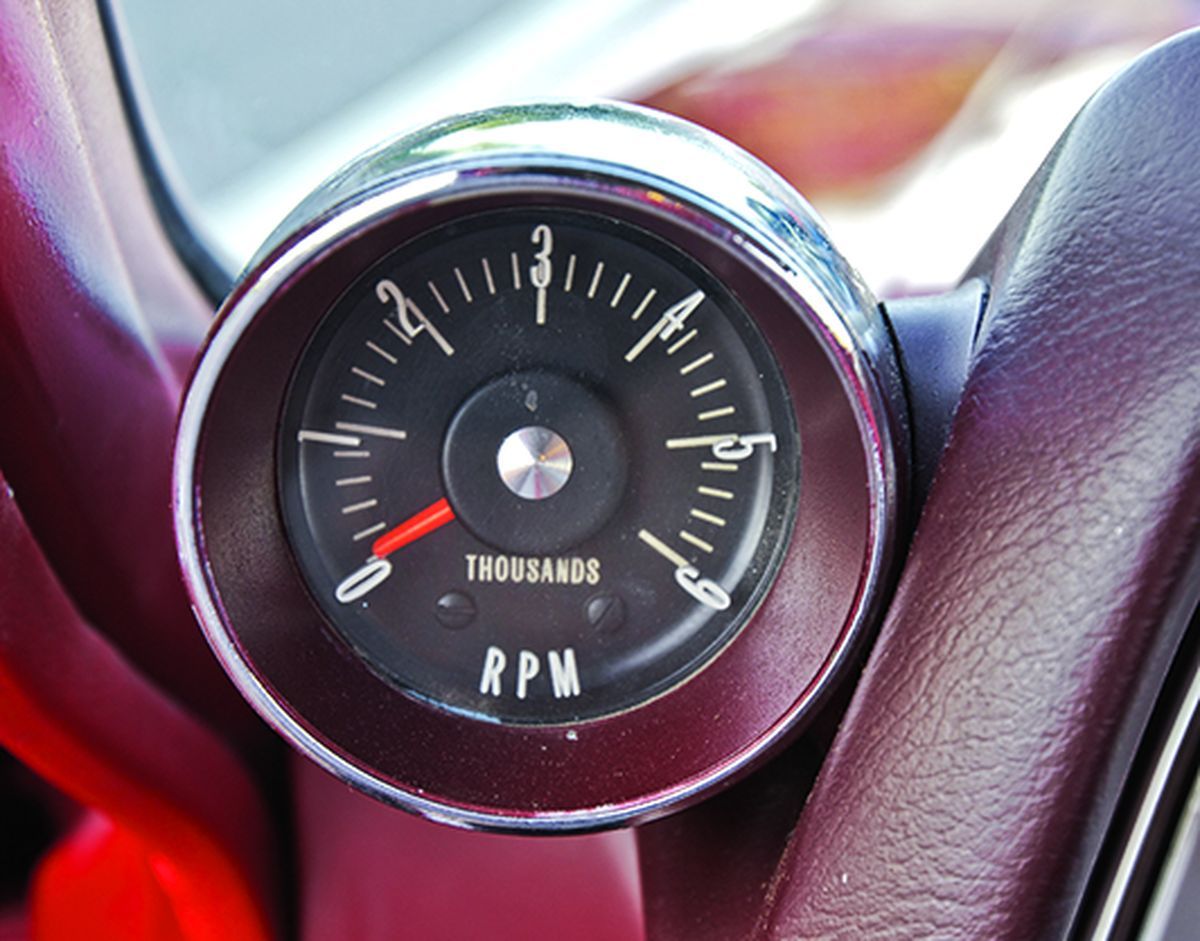
Any time that a car accelerates really quickly from a complete stop, gearheads refer to that as a launch. The whole point behind the launch, for the car enthusiast, is to control the launch. Oftentimes, when you're attempting to launch as quickly as possible, the car might do a burnout, also known as wheelspin, which takes away from that 0-to-60 time. Typically, the driver would find the optimal RPM before launching the car, however, modern performance cars usually come with launch control that will remove any need of skill.
12 Tuner
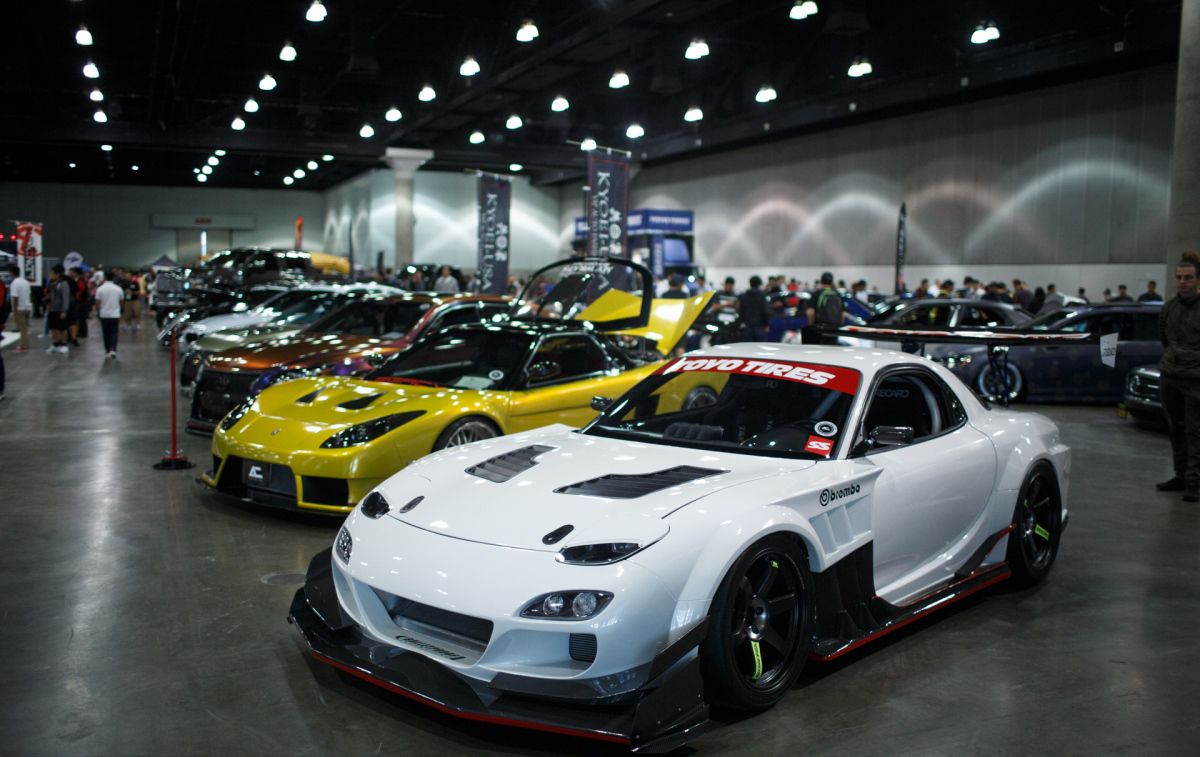
When stationary, a tuner car could easily be confused with a ricer, however, whereas a ricer is built purely for looks, a tuner car's looks is the result of extracting more performance. A tuner car is exactly what it sounds like; it's been tuned to improve its performance and handling. These cars are built for speed and for each individual owner's desires. However, they also have a good amount of appearance modifications done, many of these mods help improve performance, but some are just for looks as well.
11 Grip
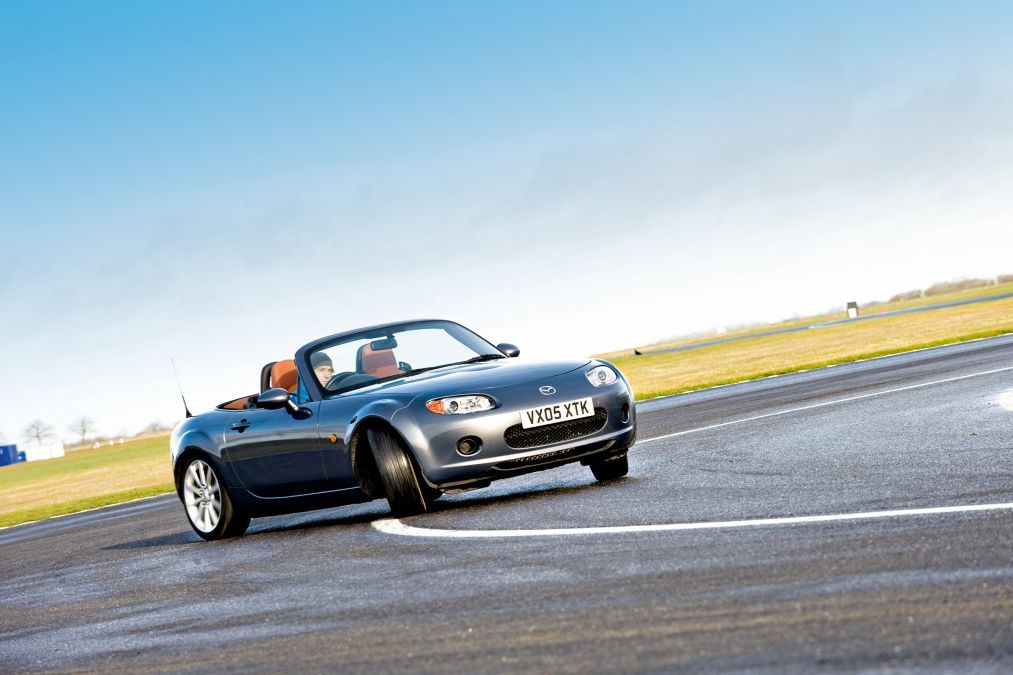
You don't have to overthink this one; it's exactly what it sounds like. When gearheads talk about their car's 'grip' they're talking about the tires' ability to "stick" to the surface of the road or track. For obvious reasons, grip is pretty important when driving. Adversely, when someone speaks about the limit of grip then they're trying to push the envelope on what the tires can do without losing predictable traction. This is a good word for just about anyone to know, whether or not you plan on becoming a fellow gearhead.
10 OBD
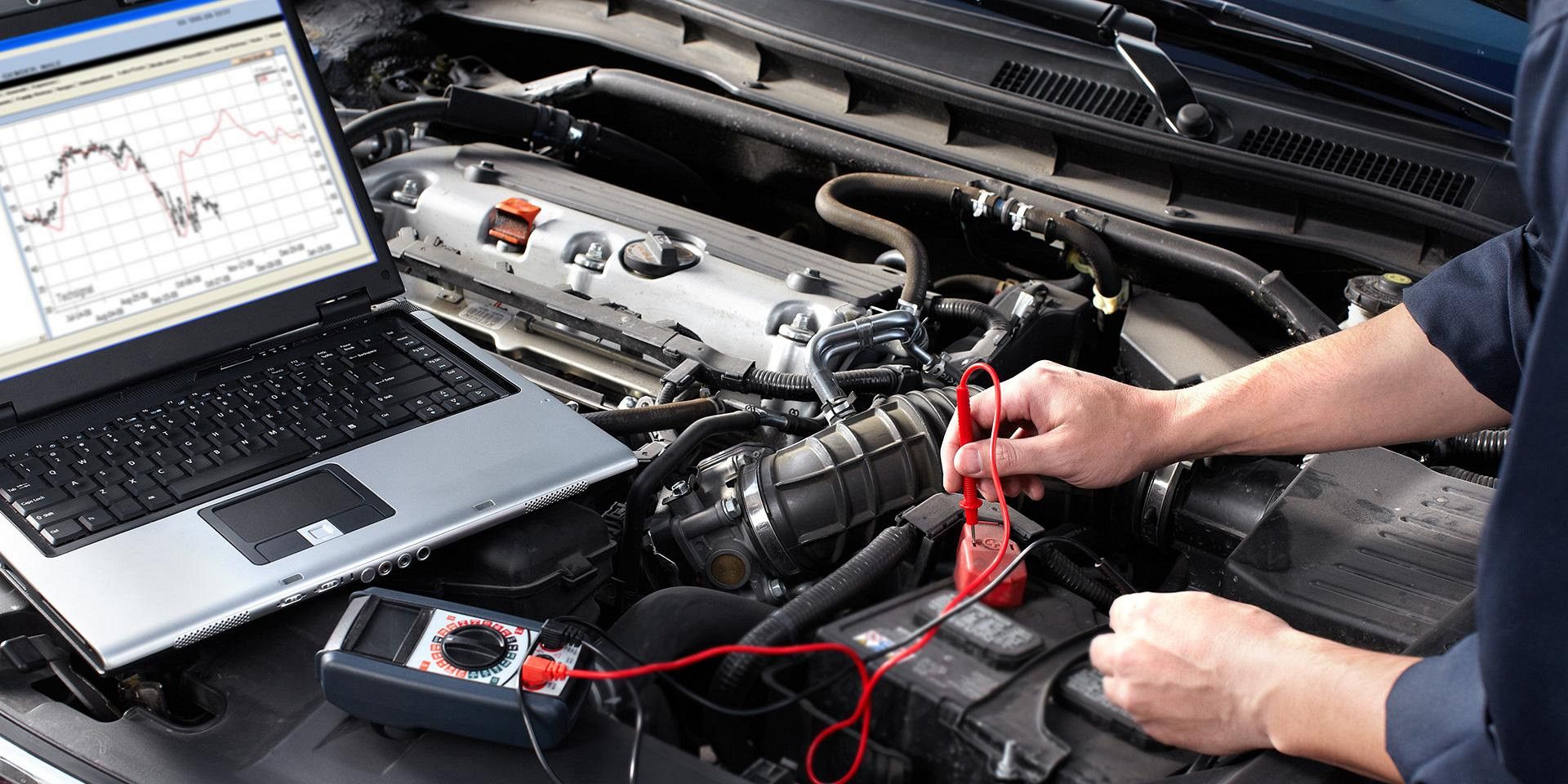
The funny thing about cars is that many people have no idea how much technology actually goes into them, especially a modern-day vehicle. However, the OBD says it all. This is an abbreviation for 'on-board diagnostics', which is basically the vehicle's main way of communicating what's wrong. Modern vehicles have some type of computer built in and this allows your auto tech to plug in an OBD-II device (OBD-II has been standard since 1996) and they'll receive information on what exactly is going wrong with your ride. OBD is pretty important in today's auto industry and is definitely a term that everyone should be aware of, not just gearheads.
9 Throttle Blipping And Rev Matching

Most everyone knows what blipping the throttle is, whether not they understand the term. Put plainly, it's when you push the throttle momentarily to increase the RPM so that it will match the revs to the road speed more accurately when downshifting - hence why it's also called rev matching. This is important because the closer the engine speed matches the road speed, the smoother your vehicle will downshift. So, the next time someone on a bike is revving up their engine next to you, know that they're not necessarily trying to be annoying attention-seekers. They might be coming to a stop and are attempting to downshift more smoothly.
8 Camber
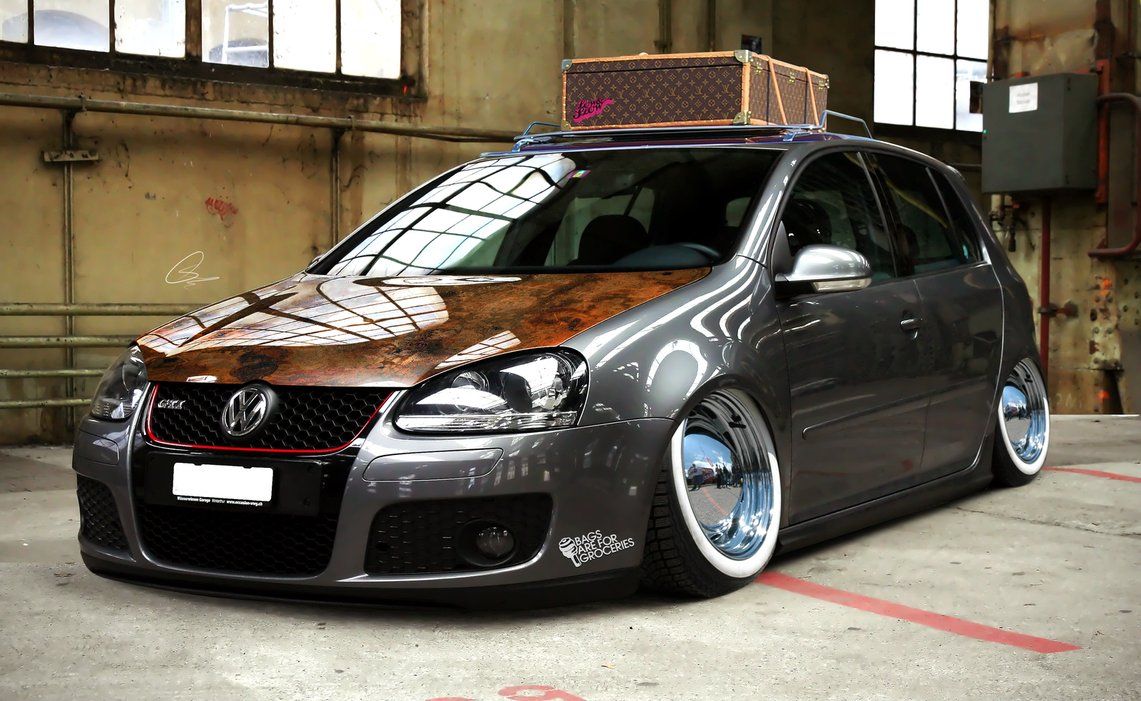
Camber is a fancy word to describe the angle of your wheels. When the top of the tire tilts inward, this is called negative camber, while the opposite is positive camber. Negative camber is useful for aggressive driving that involves heavy cornering. However, the stance movement's explosion in popularity saw people driving around with excessive negative camber, also known as demon camber, because they want to achieve a certain look. This isn't the best idea as it can be potentially dangerous, and even in a best-case scenario it will cause uneven and excessive tire wear.
7 Sleeper

Quite possibly, some of the most epic vehicles on the road are sleepers. Sure, it's nothing fancy to look at, but a sleeper has the element of surprise over any sports car out there. A sleeper is basically your typical commuter car, but with a seriously powerful engine hiding under the hood. A sleeper can either be factory standard or something that's modified. Sleepers don't carry any of the stigma that ricers do because they're polar opposites by definition. People don't often think about it, but many cop cars are actually sleepers because it's much cheaper for the police department to buy and maintain a mid-grade sedan than a sports car.
6 Pickup
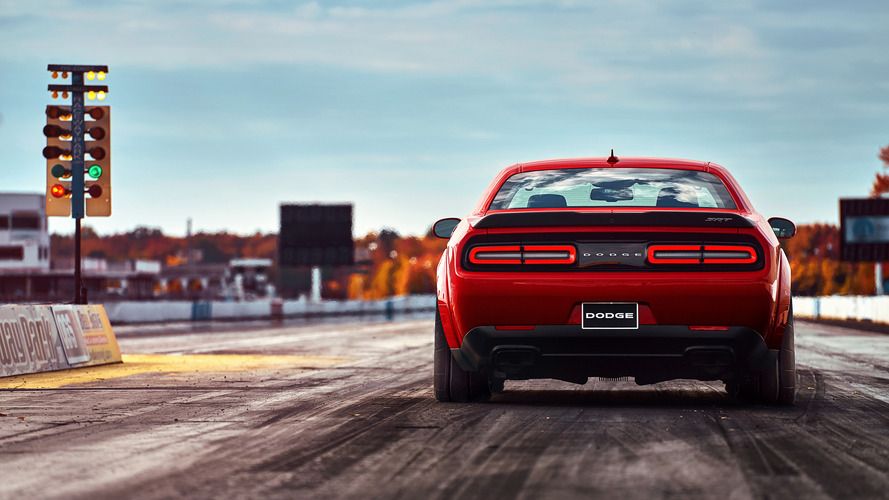
If you're talking about cars, then you'd probably think that 'pickup' refers to a small truck with a bed. And, for the majority of the world, that is the definition. When it comes to a true gearhead, though, pickup is so much more exciting than that. Pickup actually refers to how quickly a car begins to accelerate. It's not uncommon for a few gearheads to mention pickup when they're discussing sports cars, sleepers, or even tuners. However, don't let this replace your previous vocabulary because pickup trucks weren't designated a new name to make up for that one being stolen.
Source: https://www.hotcars.com/slang-terms-only-real-gearheads-will-understand/
0 Response to "Funny Ways of Saying Your Vehicle"
Post a Comment